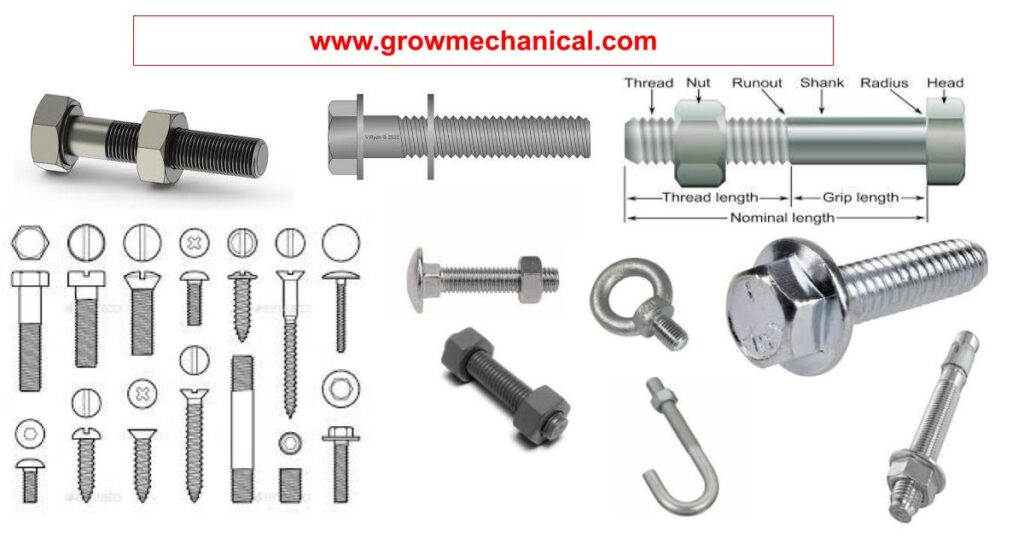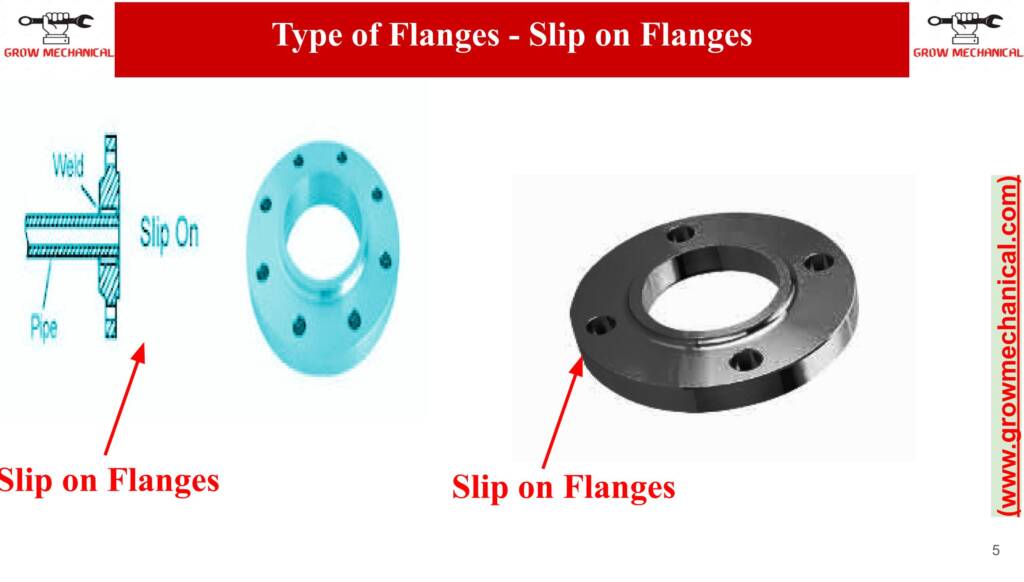What is a threadolet used for?
Threadolet is used for 90 degree self-reinforcing branch accessories for pipe line fitting. As its names represent how that will connect to the run pipe (header pipe). Threadolet is a type of self-reinforced branch fitting developed by a company called Bonney Forge. And this is suitable for small bore branch connection pipes. A threadolet is also known as threaded outlet. These outlets come in several different standards, thickness and size etc. These are mostly used for low-pressure 90-degree pipe branches connection. The branch pipe side is screwed on the threadolet and that is welded on the run pipe or main pipe. Its threads are generally of the NPT (National Pipe Thread) type and conform to the ASME B1.20.1 specification.
This is available in 02 varieties, these are full size or reduced size. It is used in small bore pipe branch connections. That is similar to the sockolets but its branch connection end is threading type. Another measure of changes in Weldolet and threadolet is that weldolets are used for big bore branch connections as well but same designs as threadolets branch connections. Only types of connection changes that mean threadolet have come with threads end joints whereas Weldolet and Sockolets have a weld end type connection. Threadolets come from the threaded pipe line fittings family and are available in classes 3000#, 6000# & 9000#. Threadolets are used for smaller pipe sizes and low-pressure applications.
Threadolet dimension chart Class 3000 in inches and MM
Threadolet dimension chart Class 6000 in inches and MM
How to Select a Threadolet: A Comprehensive Guide
When it comes to selecting a Threadolet, careful consideration must be given to various factors such as bore size, pressure class, end connections, material compatibility, dimension standards, and design standards. This guide aims to provide a step-by-step approach to help you make an informed decision when selecting a Threadolet for your pipeline system.
Determine Bore Size:
The first step in selecting a Threadolet is to identify the bore size, which is the run pipe size to branch pipe size. For example, 100X15 indicates a bore size of 100 mm for the run pipe and 15 mm for the branch pipe.
Consider Pressure Class and Schedule:
Next, determine the pressure class or rating of your pipeline system. This could be denoted as CL 3000, indicating a pressure class of 3000. Additionally, take into account the schedule of the pipe being used, such as SCH 80 (Schedule 80) or higher. Class 3000 is suitable for pipes up to Schedule 80, while Class 6000 is recommended for pipes above Schedule 80 up to Schedule 160.
Choose Olet Type:
Select the appropriate type of Olet based on your requirements. In the case of Threadolets, you have the option of Sockolets, Weldolets, or other types. Evaluate the specific needs of your pipeline system to determine the most suitable Olet type.
Determine End Connections:
Consider the type of end connection required for your application. Threadolets offer threaded end connections, but you may also need to choose between Socketweld, Weldolets, or other options based on your specific needs.
Material Selection:
Evaluate the compatibility of the materials to be used in your pipeline system. Common options include Carbon Steel (CS), Mild Steel (MS), Stainless Steel (SS), or other materials based on your requirements. Ensure that the chosen material is suitable for the intended application, taking into account factors such as temperature, pressure, and corrosion resistance.
Dimension Standard:
Choose the appropriate dimension standard to ensure compatibility and compliance. Commonly used standards include MSS SP97 or other recognized standards in the industry. Ensure that the chosen standard aligns with your specific project requirements.
Design Standard:
Consider the design standard for your Threadolet. ASTM A105 is a commonly used design standard, but you may also find other suitable standards depending on your application. Select a design standard that meets the required specifications and industry standards.
Follow Industry Guidelines:
Ensure that all dimensions and tolerances adhere to relevant industry guidelines. Refer to standards such as ASME B16.9 (for dimensions), ASME B16.25 (for tolerances), and MSS SP-97 (for dimensioning details). Additionally, conform to ANSI/ASME B16.11 for threaded ends, as per ANSI/ASME B1.20.1 specifications.
Conclusion:
Selecting the right Threadolet requires a systematic approach to account for various factors such as bore size, pressure class, end connections, materials, dimension standards, and design standards. By following the step-by-step guide provided, you can make an informed decision and ensure compatibility and compliance with industry standards. Always consult with experts or refer to relevant standards to ensure the best outcome for your pipeline system.




